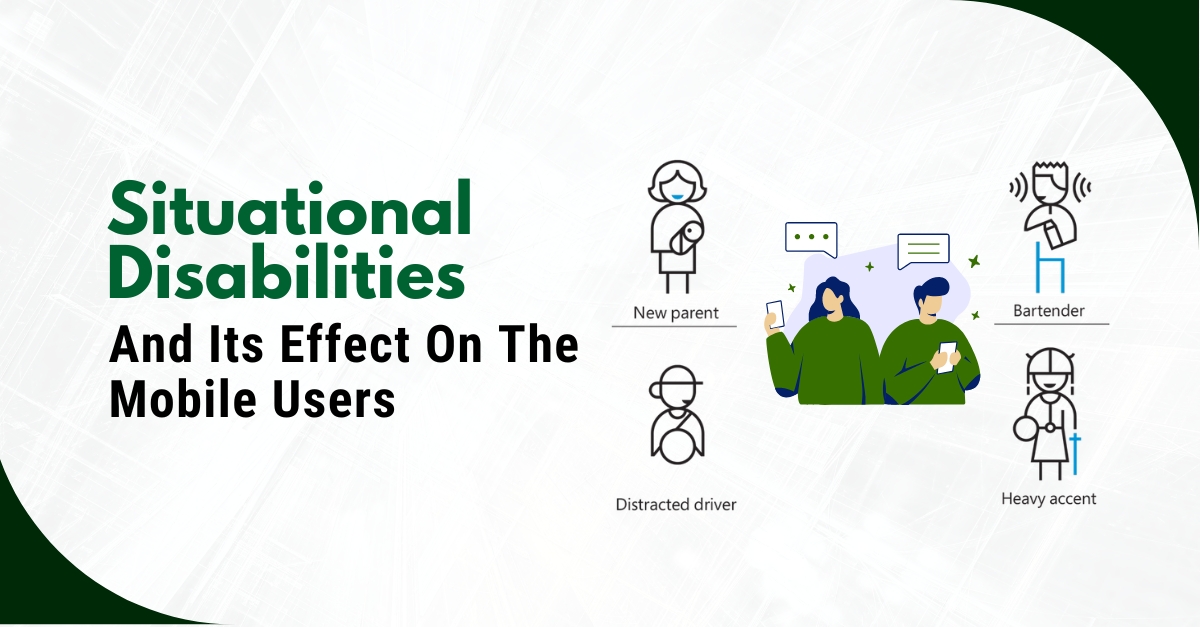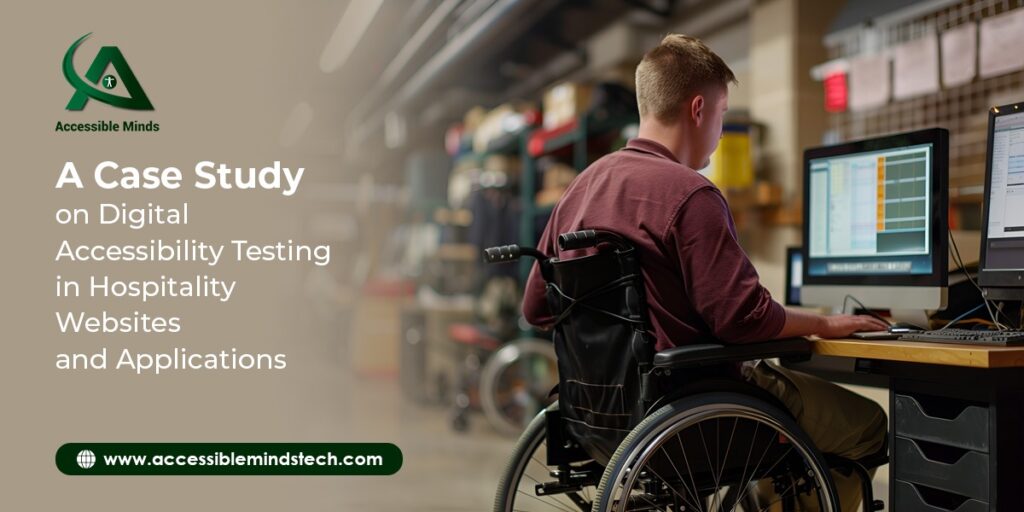While CSS offers designers flexibility in positioning website elements, prioritizing accessibility necessitates careful consideration before fixing elements like cookie consent banners. This article explores the potential drawbacks of fixed and sticky elements and emphasizes the role of Accessibility Testing Services (ATS) in ensuring a seamless user experience for everyone.
Understanding Fixed and Sticky Elements:
- Fixed Positioning: Setting the CSS position property to fixed ensures an element remains in a specific location relative to the user’s viewport, regardless of scrolling. This can be beneficial for elements like step-by-step guides or side navigation menus.
- Sticky Positioning: The position property set to sticky makes an element behave similarly to a fixed element, but with a crucial difference. Initially, the element acts “relative” to the content flow. However, upon reaching a designated scroll position, it becomes “fixed” and remains in place until the user scrolls past a certain point.
Accessibility Concerns with Fixed and Sticky Elements:
- Impact on Keyboard Navigation: Users who rely solely on keyboards for navigation may encounter issues with fixed or sticky elements. These elements can obscure focusable content, making it difficult to identify and interact with interactive components like buttons and links.
- WCAG Compliance and Focus Management: The Web Content Accessibility Guidelines (WCAG) play a vital role in ensuring web content is accessible to everyone. WCAG 2.2 Success Criterion (SC) 2.4.12, “Focus Not Obscured (Minimum),” mandates that user interface components with keyboard focus are not entirely hidden due to fixed or sticky content. ATS can identify instances where fixed elements violate this criterion, potentially hindering keyboard navigation.
- Challenges for Screen Magnification Users: For users who magnify their screens for better visibility, fixed and sticky elements can introduce additional accessibility barriers. Sticky elements, in particular, can become unpredictable on devices with limited viewports, causing magnified content to jump around and disrupt the user experience.
Accessibility Testing Services: Ensuring Inclusive Design
Accessibility Testing Services (ATS) play a crucial role in mitigating the accessibility risks associated with fixed and sticky elements. Here’s how ATS can contribute to a more inclusive user experience:
- Identifying Focus Issues: ATS utilizes automated and manual testing techniques to pinpoint instances where fixed or sticky elements obscure focusable content. This helps developers rectify these issues and ensure users with keyboard navigation can access all interactive components.
- WCAG Conformance Evaluation: ATS providers assess websites against WCAG guidelines, including SC 2.4.12. This evaluation identifies areas where fixed elements might violate accessibility standards and suggests appropriate solutions.
- Usability Testing with Assistive Technologies: ATS often involves testing websites with assistive technologies like screen readers and voice control software. This helps identify how users with disabilities experience fixed and sticky elements, allowing for targeted improvements.
Creative Solutions for Accessible Fixed and Sticky Elements
While fixed and sticky elements can enhance usability, achieving accessibility requires additional considerations. Here are some strategies to promote accessibility:
- Utilize CSS Padding and Scroll-Padding: These properties can create a buffer zone around fixed elements, preventing them from obscuring focusable content. ATS providers can advise on implementing these techniques effectively.
- Maintain a Clear Accessibility Tree: The content’s logical structure is critical for assistive technologies. ATS can ensure the accessibility tree remains consistent even with fixed or sticky elements, allowing screen readers and other tools to navigate the content effectively.
- Consider Alternatives for Non-Visual Users: For users who rely on screen readers, fixed or sticky elements might be announced repeatedly, disrupting the reading flow. ATS can help explore alternative approaches, such as providing static summaries or navigation options.
Conclusion:
Fixed and sticky elements can enhance the user experience by providing persistent access to crucial content or navigation tools. However, accessibility remains a paramount concern. By employing Accessibility Testing Services alongside thoughtful design practices, developers can ensure their websites are usable for everyone, regardless of their abilities or technologies used.







